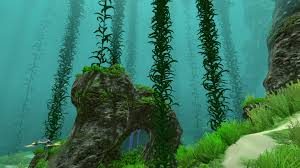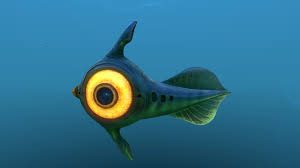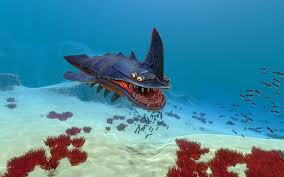Like Ashleigh, I take a great interest in the ways in which multimedia learning can change the classroom and help students. Ashleigh stated in her post that she believes “differentiation of content presentation format and response method is key for supporting a classroom of diverse learners” through all ages of education. Now, education is not my forte, but gaming and critical game theory might be, both of which I believe show vast opportunity as a multimedia form to move into the classroom.
Rockwell and Mactavish say themselves that “the most commercially successful multimedia works are computer games, whose short but rich history is interwoven with the development of multimedia technologies”
 Truly, nothing can do better in multimedia than PC gaming, an art form birthed out of the digital age with the specific intention of combing multiple media to make create an experience. Gaming gives students the chance to work with incredible forms of media in a way that is more interactive than video, combining “graphics, audio, animation, and video, and sophisticated artificial intelligence and physics models” all of which work together towards a common goal, though that goal can be different depending on the intention of the artists involved in its creation.
Truly, nothing can do better in multimedia than PC gaming, an art form birthed out of the digital age with the specific intention of combing multiple media to make create an experience. Gaming gives students the chance to work with incredible forms of media in a way that is more interactive than video, combining “graphics, audio, animation, and video, and sophisticated artificial intelligence and physics models” all of which work together towards a common goal, though that goal can be different depending on the intention of the artists involved in its creation.
 It is the possible implementation of this digitally developed multimedia art form into education settings that grabs my attention. A game that has gained a lot of attention since its release a few days ago is Subnautica, a game based in a futuristic alien ocean world after a space crash has left your character stranded and isolated. This game is not in and of itself meant to be educational, but the incredible underwater world they have created I believe has the potential to be used in an educational setting. The alien world of Subnautica contains
It is the possible implementation of this digitally developed multimedia art form into education settings that grabs my attention. A game that has gained a lot of attention since its release a few days ago is Subnautica, a game based in a futuristic alien ocean world after a space crash has left your character stranded and isolated. This game is not in and of itself meant to be educational, but the incredible underwater world they have created I believe has the potential to be used in an educational setting. The alien world of Subnautica contains  vast plant life and biodiversity, built off of the same types of eating and acting habits, as well as evolutionary traits, that would be found on the creatures of our very own planet Earth. I can envision students in an oceanography course or AP bio opening their laptops to study the lifeforms in Subnautica (such as peepers, sandsharks, and other bio life which I will include pictures of) from an evolutionary perspective for an assignment, asking what environmental factors exist within the game that may have caused those creatures to evolve as they have.
vast plant life and biodiversity, built off of the same types of eating and acting habits, as well as evolutionary traits, that would be found on the creatures of our very own planet Earth. I can envision students in an oceanography course or AP bio opening their laptops to study the lifeforms in Subnautica (such as peepers, sandsharks, and other bio life which I will include pictures of) from an evolutionary perspective for an assignment, asking what environmental factors exist within the game that may have caused those creatures to evolve as they have.
 That said, more likely, the type of ocean world created by Subnautica will create a wonderful template on which others can build to make model sections of our own oceans and graphically design animals similar to the ones that would be found in said environments, programmed to act under certain stimuli the way those creatures would act in the real world; giving students the chance, in a very hands-on way to use three senses at once in the learning process in a way that combines media as we infrequently do in classroom settings.
That said, more likely, the type of ocean world created by Subnautica will create a wonderful template on which others can build to make model sections of our own oceans and graphically design animals similar to the ones that would be found in said environments, programmed to act under certain stimuli the way those creatures would act in the real world; giving students the chance, in a very hands-on way to use three senses at once in the learning process in a way that combines media as we infrequently do in classroom settings.
I also wanted to talk about game theory and criticism as video games are more and more accepted as an art form as well as what that might mean for the genre, but I am already at like 500 words.
works cited:
A Companion to Digital Humanities, ed. Susan Schreibman, Ray Siemens, John Unsworth. Oxford: Blackwell, 2004.
http://www.digitalhumanities.org/companion/